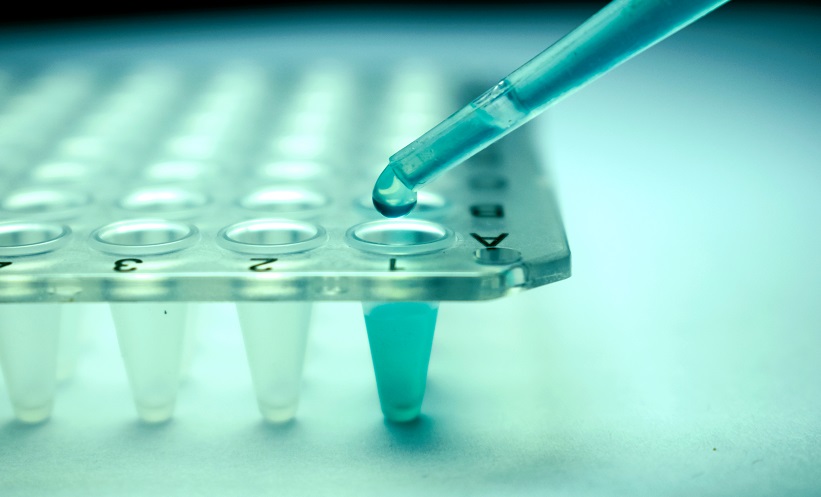A recent study has shed light on the complex interactions contributing to lung injury in paediatric patients undergoing hematopoietic cell transplantation (HCT). This process, which involves intensive chemotherapy or radiation followed by stem cell infusion, is crucial for treating malignancies, bone marrow failure, and various genetic disorders. However, lung injury remains a significant complication, often exacerbated by infections, inflammation, and cellular toxicity.
The study analysed 278 bronchoalveolar lavage (BAL) fluid samples from 229 paediatric HCT patients treated at 32 children’s hospitals between 2014 and 2022. By combining microbiome analysis with human gene expression data, researchers identified specific high-risk BAL compositions linked to increase in-hospital mortality (P = 0.007). These dangerous profiles included bacterial overgrowth with neutrophilic inflammation, microbiome contraction with epithelial fibroproliferation, and severe commensal depletion paired with viral and staphylococcal enrichment, lymphocytic activation, and cellular injury. The findings were confirmed in an independent cohort from the Netherlands (P = 0.022).
The study also uncovered a range of previously undetected pathogens and highlighted a strong association between antibiotic use, commensal bacterial depletion, and the proliferation of viruses and fungi. These insights clarify the intricate lung–immune system–microorganism interactions that drive fatal lung injuries in paediatric HCT patients.
The authors emphasised the need for further research to understand how personalised assessments of diverse pulmonary microenvironments can enhance outcomes for paediatric HCT patients. This study marks a significant step towards developing targeted prevention and treatment strategies for lung injuries in this vulnerable population.
Helena Bradbury, EMJ
Reference:
Zinter MS et al. Pathobiological signatures of dysbiotic lung injury in pediatric patients undergoing stem cell transplantation. Nature Medicine. 2024.







